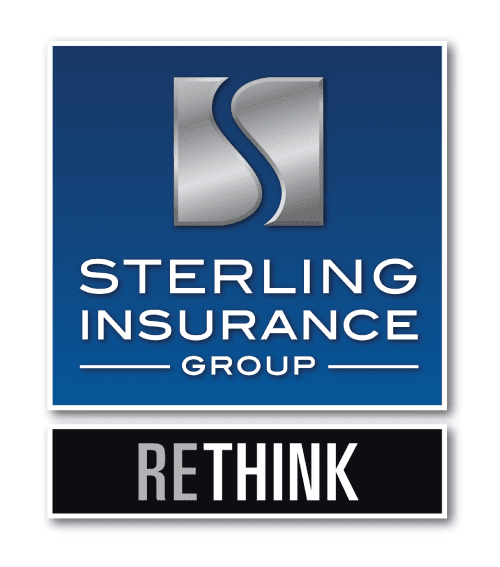
Your organization most likely consists of workers from different generations. So, keeping your employees happy with their employee benefits will ultimately boost productivity.
Different Generations Within the Workforce
- Traditionalists (1900 – 1945): this group values spending time with their grandchilren and traveling. So, they’re willing to accept creative compensation programs as long as their employers recognize their desires.
- Baby boomers (1946- 1964): unlike traditionalists, baby boomers value a good salary level, health insurance, and a sold retirement plan.
- Generation X (1965 – 1976): similarly, this group values a combination of a good salary level and 401(k) plans. They also have a need for job security, advancement opportunities, and work-life balance.
- Millenials (1977 – 1995) & Generation Z (1996 – 2012): as for these two generations, they’re used to rapid change. They value paid time off, the ability to work remotely, control over their schedules, advancement opportunities, and a high level of flexibility.
What to Consider when Choosing Employee Benefits
First, make sure you recognize that each generation has different priorities and values. So, in order to keep your employees happy, it’s imperative to understand what they want in order to have good benefit plans in place for them. To understand what your employees want, try sending out surveys- let your employees tell you what they want to see on their plans. Also, make sure you’re tracking which benefits are actually being used, and which benefits you can get rid of. Lastly, make sure you’re promoting healthcare and benefits literacy so your employees can stay educated on their benefits.
Adjustments to Make in a Cross-Generational Workforce
Since the workforce is becoming more diverse in a gererational sense, it’s important to know what adjustments you might have to make. For one, different gernerations have different preferences on how they like to communicate; some people may prefer email rather than face-to-face, or informal vs. formal. Understanding how your employee likes to communicate will make all the difference. Second, with our society constantly changing, technology is constantly updating. However, some of our older generations struggle with the technology change; so, make sure you’re giving those employees the time and coaching they need. Lastly, relationships between the employees and employers are different between generations- some generations prefer a more hands-on approach than others.
Issues that Impact all Generations
Although each generation values benefits differently, there are at least five benefits that will impact all employees:
- Job security: most generations crave job security. Studies show that most people would stay with an organization that promised annual raises and new job opportunities.
- Relationship between employer and employee: all employees crave acknowledgement and praise for a job well done; the only difference between the generations is which appraoch each employee prefers.
- Personal identity: all generations are searching for their personal identity. Most baby boomers and generation X individuals find their personal identity from their company; whereas, millenials are more open to finding their personal identity through their profession- whether it’s with one company or multiple.
- Healthcare: employees all need healthcare; however, older generations are more likely to go with insurance options that have lower deductibles and co-pays because they’re more liekly to need it. On the other hand, younger generations will want to pay less for premiums in exchange for higher deductibles since they’re less likely to become injured.
- Work-life balance: younger generations tend to value their work-life balance more than older geneartions. They would even go with a lower salary if it meant their schedule could be more flexible.


